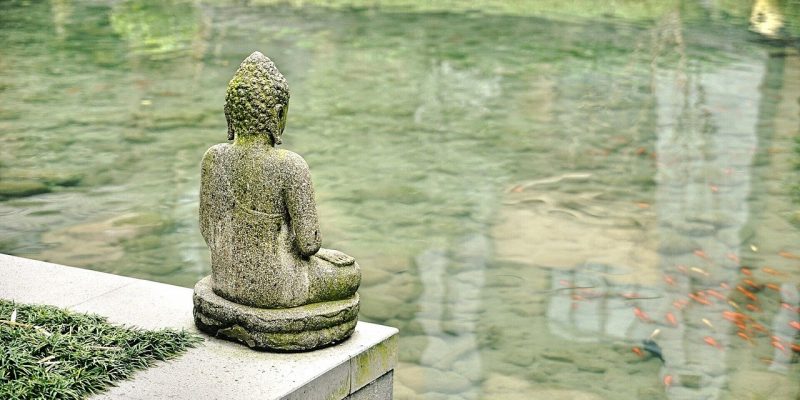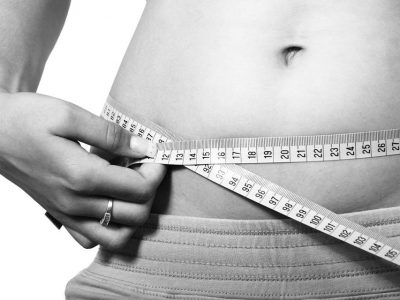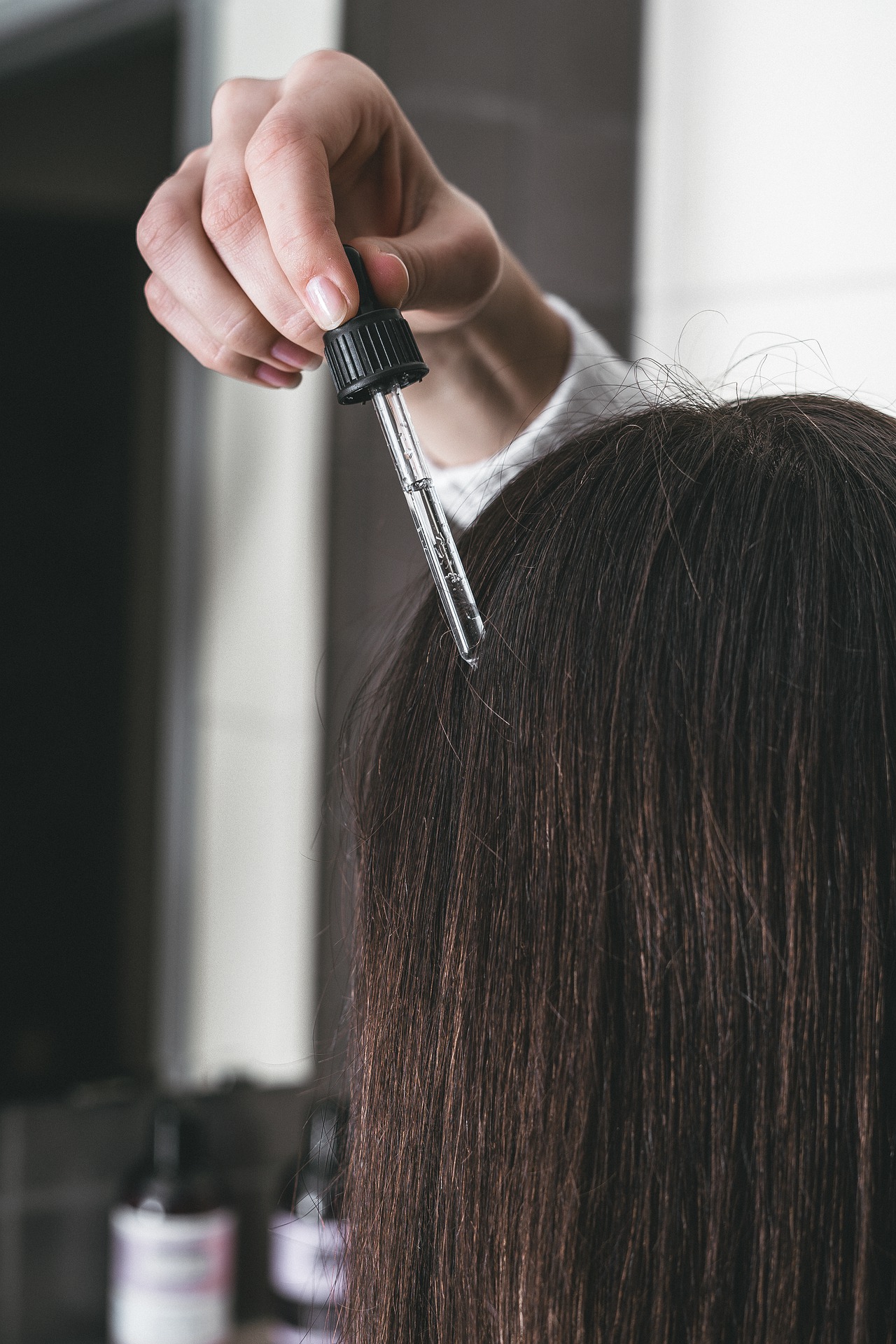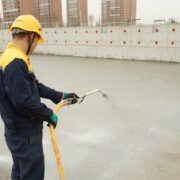
Water treatment pond systems are used to treat water from a pond or other body of water. The pond is typically filled with raw sewage, wastewater, and stormwater runoff before the pond is treated. Pond water treatment can be done in 3 ways: aeration, settling ponding, and chemical treatments. These methods help keep pollutants out of the environment by removing them through physical processes or chemical reactions. In this article, we will discuss each type of the treatment system as well as how they work!
1) Aeration: One way to treat it is through aeration. This process introduces air into the water in order to stimulate the growth of microorganisms. The microorganisms consume the pollutants in the pond, which reduces their levels. Aerators can be either mechanical or biological.
2) Settling ponding process: This water treatment method uses gravity to separate solids from liquids. Settling ponding systems typically use a single pond or reservoir in which the water is collected and left alone for a period of time. The ponded, polluted water then separates into layers where heavy pollutants settle at the bottom while lighter impurities rise to the top.
3) Chemical treatments: This method is quick and effective in cleaning water. Chemical treatments typically involve adding chlorine or some form of algaecide directly into the pond in order to kill organisms that are present.
In conclusion, there are a variety of ways to treat pond water. It is important to choose the right treatment method based on the specific needs of your pond. By following these guidelines, you can help keep your pond healthy and free from pollutants.
What is your reaction?
Excited
0
Happy
0
In Love
0
Not Sure
0
Silly
0











